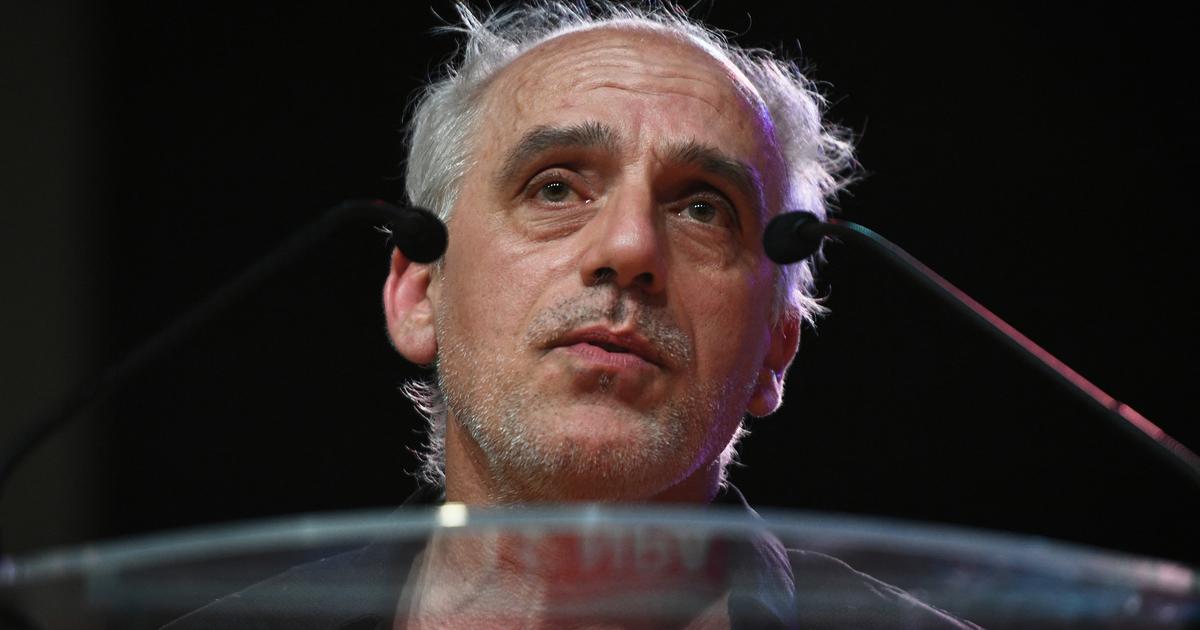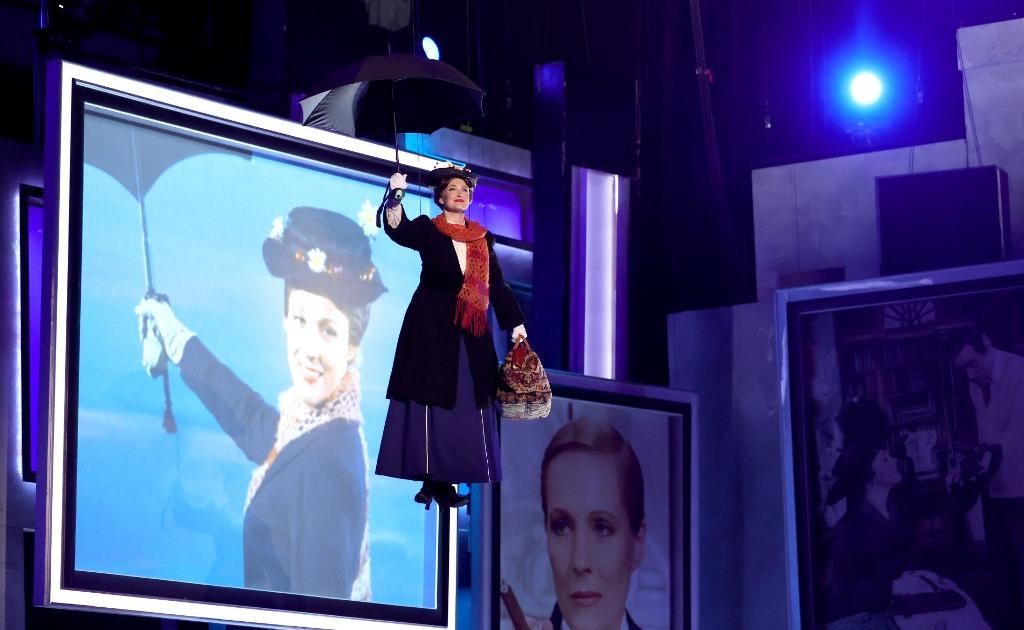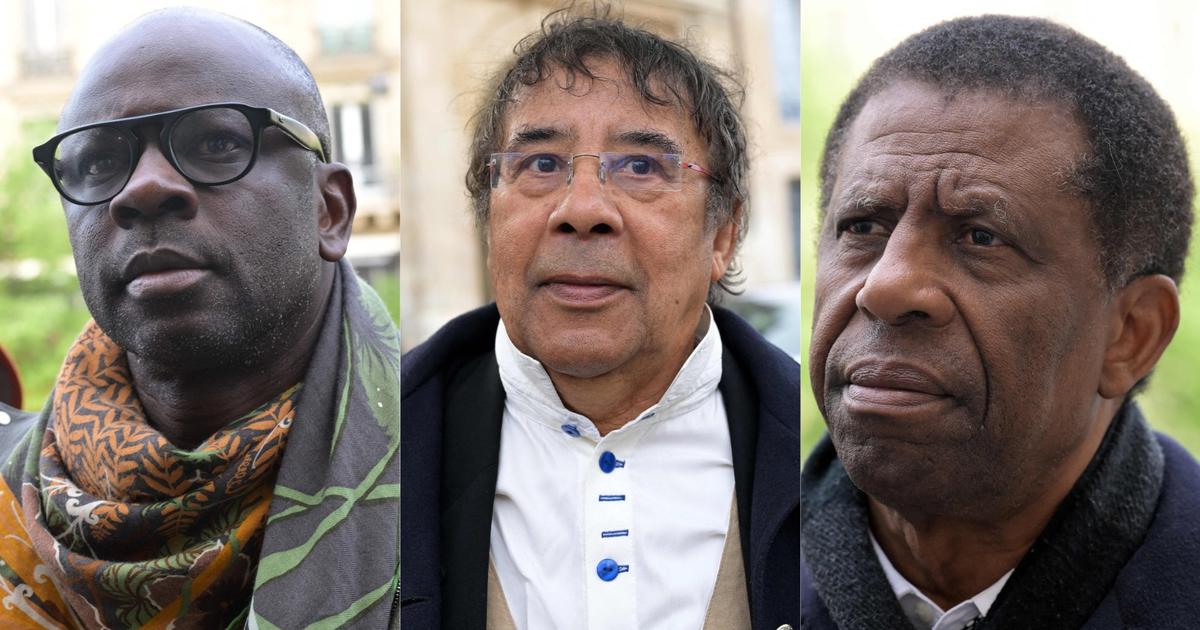Graciela Iturbide still calls the women she met more than 40 years ago working for the indigenous communities of Mexico “amigas”.
One of those Zapotec friends once asked her to photograph her boyfriend.
The man was cheating on her with another one of hers and wanted her picture to pierce all over her body with pins.
Iturbide told her that she did not and she preferred to continue taking portraits of her friends from Juchitán, in southern Oaxaca, while they went to the market, drank beer or looked at themselves in the mirror.
The pioneer of modern photography in Latin America not only does not believe in witchcraft.
The most international visual artist in Mexico can't stand the cliché of magical realism that still weighs down on the work of her generation.
He hates it so much that when he goes to exhibit abroad, museums, galleries and curators already know that the damn label is prohibited.
The symbolic load, the game between reality and fantasy, between a documentary and experimental gaze, the strong presence of female and indigenous characters are the constants of his work, which has earned him, for example, the Hasselblad prize (the Nobel Prize for photography) or be part of the permanent collections of the Getty Museum in Los Angeles or the Pompidou Museum in Paris.
Iturbide (Mexico City, 79 years old) has just returned from the French capital.
The Cartier Foundation museum has organized a retrospective with more than 200 photographs.
The daughter of a very Catholic bourgeois family, she considers herself agnostic but fascinated by the mystery of religious imagery.
She is petite and agile, she receives EL PAÍS in her studio, a low tower of mud and wood surrounded by interior gardens.
She built it her son, the architect Mauricio Rocha, as an austere Zen refuge.
Going up the stairs, on the second floor, the photographer sits in a backless armchair and pulls up a small table to place the ashtray.
During the two long hours of conversation she will smoke three cigarettes in front of a giant screen where on Sundays she shows her grandchildren movies by Passolini and Tarkovskvi.
On the walls of the tower there are angels and religious masks from her work trips to Italy, Brazil, India or Madagascar.
Angel WomanGraciela Iturbide
Ask.
How is the exhibition going in Paris?
Answer.
Very good.
There are photos of me all over the city, in the subway, on the facades, in some stores, on the street.
It is having a lot of success.
I think because they see my work there as something exotic.
That's why I also wanted to post new photos of the ones I'm taking, which are already more abstract, of stones, of landscapes.
Even some in color, which I hardly do.
Q.
How is that exotic look?
You know Paris well.
R.
Cartier-Bresson was my friend and I once worked with him on the streets of Paris.
He also worked in India and Mexico.
He was in fact in Juchitán in the 30s. If Parisians see his photos now they would also say that they are exotic because the French are very paternalistic and very clichéd.
In the first exhibitions I had in Paris, at the Pompidou and then in Arles, they always told me it was magical realism or surrealism.
And no, sir.
My country is like that.
But ever since Breton arrived in Mexico in the 1930s and said it was surreal, that cliché stuck.
For him, Frida Kahlo and even Manuel Álvarez Bravo were surrealists.
P.
Álvarez Bravo, his teacher, worked with Breton.
R.
I admire Breton in some things, but he was also a dictator.
Álvarez Bravo worked with him in Paris.
And by the way some photos that were used for the exhibition stayed there and were auctioned when Breton died.
They were never returned.
This is what happened to Álvarez Bravo in France with Breton and the surrealists.
Q.
Frida Kahlo also had a run-in with him.
R.
Yes, Frida returns from exhibiting in Paris and makes a very large painting that says "I'm not a surrealist."
I loved that because her work was her personality, her dreams, her daily life.
That is not surrealism or magical realism, which would later be used for literature and for all the Latin American arts.
Look, I read some Flaubert stories a long time ago, those where the main character chases a parakeet and talks about death all the time.
They are much more surreal than everything they tell us.
But the label is always for the outside world, the third world.
It is a colonial and racist look.
That makes me very angry.
That's why you know when I go to Spain, France or England that nothing really wonderful.
I insist, Mexico is not surreal.
Q.
What is Mexico?
R.
A very complicated country.
Wonderful, very strong and unfortunately right now very sad because of everything that is happening with the narco, with the femicides, with the government that we have.
We have a government that tells us one thing and does another.
P.
I am sure that López Obrador likes his photographs of indigenous communities.
R.
Everything is propaganda.
He defends the people because it suits him.
López Obrador does go to the folkloric.
I died of embarrassment watching the marakames during the presidential inauguration.
Many of them were kicked out of his community.
P.
Elena Poniatowska has said that if anyone has the gift of sweetness, it is you.
R.
You saw right now that no.
I am very angry with my country.
P.
I think you are referring to your photographic gaze, precisely the antithesis of the exotic cliché, rather a mixture of dignity and recognition of the other.
R.
I recently discovered that the other does not exist.
He was talking with the historian and anthropologist López Austin, who unfortunately has just died.
The other was invented by the Dutch and the French when they went abroad to photograph.
Q.
Your photography has also been called anthropoethics.
Do you like that label better?
A.
Sure, because I wanted to be an anthropologist.
And I am in a way because when I am photographing I am studying each town.
Because I'm talking to the old people and reading all the laws.
Many say that my photography is political or poetic or anthropological.
When I am photographing, I am complete and I photograph what moves me, what surprises me.
The camera is a pretext to get to know life and learn about the places I go.
I stay in the villages to live, a complicity is created.
If you only go one day it is difficult.
P.
That is the way perhaps to break that distance with the others.
The fact of going there, staying, creating links.
R.
I never tell them to stand here, I'm going to make a portrait of you.
I live with them.
They are used to my camera and I can photograph what I want because trust is generated.
What's more, if I'm having dinner with a friend and I see something wonderful, then I don't go, because I'm with her.
P.
How was it perceived in the seventies that a woman traveled alone through Mexico taking photos?
A.
I was 27 years old and already married with three children.
It was before I got divorced.
Nobody ever bothered me.
I was lucky to work with the original peoples who take care of you and there is no competition because my work was independent.
If I had worked in advertising it might have been more difficult.
P.
Would you say that photography helped you on that path of personal autonomy?
A.
Photography has been my therapy in many things. I had a little daughter who died at the age of seven and my therapy was to photograph the little angels, the dead children, until death appeared to me in a cemetery when I was photographing little angels.
I saw a man who was half a skull because the vultures had already eaten half his face.
There I felt that death told me “enough is enough, Graciela”.
Photography is you, what your photography is you.
What happens to you, what you think, what you feel when you're angry, when you're happy, when you're happy.
In the towns, for example, what you feel when there is complicity and they take care of you like the Juchitecas.
You almost feel lulled to sleep.
They give you rich to eat.
Fat, big and beautiful.
'Manuel'.
Sonoran desert.
Mexico, 1979. Graciela Iturbide
subscribe here
to the
newsletter
of EL PAÍS México and receive all the informative keys of the current affairs of this country


/cloudfront-eu-central-1.images.arcpublishing.com/prisa/EWJ6D24N4FAMNMM5L7QDF7NQFM.jpg)
/cloudfront-eu-central-1.images.arcpublishing.com/prisa/RM4UYORTLVHTRMI572ZI33NWZ4.jpg)




/cloudfront-eu-central-1.images.arcpublishing.com/prisa/R6H76FX6DRFCLLFRZWPKD36OJE.jpg)
